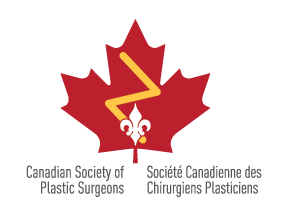Brow lift
A brow lift can improve the visible signs of aging of the forehead. Most people interested in a brow lift have drooping brows, horizontal lines and sagging skin on their forehead.
Brow lifts involve the muscles and tissues that cause drooping and wrinkling being removed or altered to create a smooth forehead, raise the eyebrows and minimize frown lines.
There are 2 methods of lifting the forehead: a classic forehead lift and an endoscopic forehead lift.
The classic brow lift: With this technique an incision is made across the top of the head just behind the hairline, or if you have a high forehead the incision can be made right at the hairline to avoid adding even more height to the forehead. Before the surgery your hair may be trimmed in the incision area. Once the incision is made the forehead skin is lifted, and the underlying tissue can be removed and the muscle can be released or altered to reduce frowning. The skin is then draped back and brows are elevated slightly to create a more rested look. Excess skin is removed and then sutured or stapled into place.
The endoscopic forehead lift: This technique is the same as the classic brow lift, however instead of an incision across the top of the head the surgeon makes three to five short scalp incisions, each smaller than an inch. A device called an endoscope - a pencil-like camera device connected to a television monitor - is inserted through an incision so the surgeon can view the tissues and muscles. An instrument is then inserted through one of the other incisions and used to lift the skin and remove tissue and alter the muscle. The eyebrows can be lifted and secured and once the procedure is complete the incisions are sutured or stapled. This technique results in less scarring, however it's not ideal for those with sagging skin as no excess skin is removed like with the classic technique.
The surgery is usually done on an outpatient basis or some patients are asked to stay overnight. After your surgery you will be asked to keep your head elevated to avoid increased swelling. You will feel discomfort and your forehead might feel tight, but pain can be controlled with medication. You can expect your forehead and face to be swollen and bruised and this can last for a few weeks. Stitches may come out in 5 days, but if staples were used in your scalp they might stay in longer.
You will be asked to rest for the first week. You will probably be instructed not to participate in strenuous activities for 2-3 weeks.
For further information about this procedure, please click here: American Society of Plastic Surgeons.

